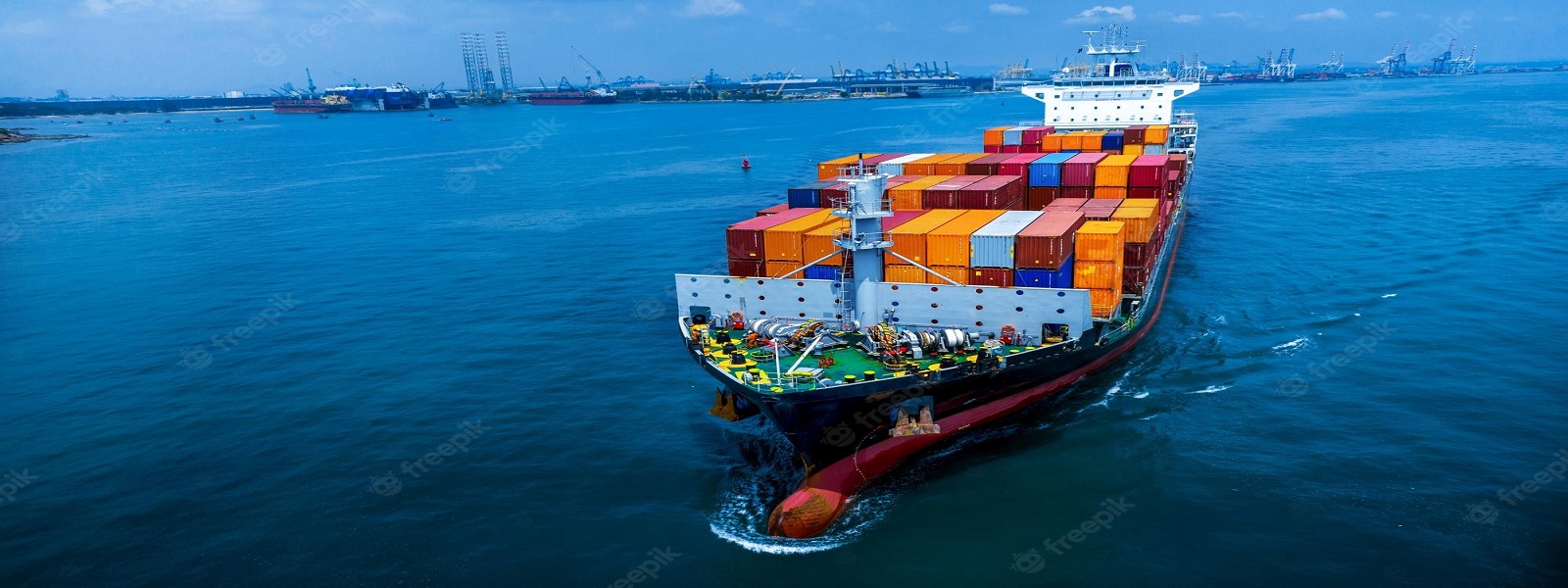CLEARANCE PROCEDURE IN NIGERIA
Customs clearance is the process of clearing goods through customs barriers for import or export. In Nigeria, customs clearance is a complex process that requires a thorough understanding of customs laws, regulations, and procedures.
Customs clearance is a two-way procedure that occurs in both the country of origin and destination for every international import or export of goods. The origin customs clearance procedure takes place in the country where the goods are supplied from, while the import customs clearance takes place in the country of destination where the goods are being imported to.
In this article, we will provide a short overview of the custom clearance procedure in Nigeria. We will elaborate the process both on import and export in the upcoming articles
Step 1: Obtain Form M
The first step in the customs clearance process is to obtain a Form M. Form M is a mandatory document that is required for the importation of goods into Nigeria. It is an application for importation of goods that must be completed and submitted to the Nigeria Customs Service (NCS). The form contains details such as the name of the importer, description of goods, country of origin, and value of the goods.
Step 2: Pre-Arrival Assessment Report (PAAR)
After submitting the Form M, the importer will be issued a Pre-Arrival Assessment Report (PAAR). This report is an assessment of the goods to be imported, and it determines the amount of duty and taxes that will be payable on the goods. The PAAR is issued by the Nigeria Customs Service (NCS) and can be obtained online through the Single Window Trade portal.
Step 3: Payment of Customs Duty and Taxes
Once the PAAR has been issued, the importer is required to make payment of the customs duty and taxes. The amount payable is based on the value of the goods, as determined by the customs officer. Payment can be made at any designated bank in Nigeria or through the online portal.
Step 4: Inspection and Release of Goods
After payment has been made, the goods are inspected by customs officials. The inspection is to verify that the goods comply with the regulations and standards set by the NCS. If the goods are found to be in compliance, they are released to the importer.
Step 5: Documentation and Clearance
Finally, the importer is required to complete the necessary documentation and obtain clearance from the Nigeria Customs Service. This includes obtaining the Bill of Lading, Packing List, and other relevant documents. The clearance process is completed when the goods are officially released to the importer.
Conclusion
Customs clearance in Nigeria is a complex process that requires a thorough understanding of customs laws, regulations, and procedures. Importers are required to obtain a Form M, a Pre-Arrival Assessment Report (PAAR), pay customs duty and taxes, undergo inspection and release of goods, and complete the necessary documentation for clearance. By following these procedures, importers can ensure a smooth and successful customs clearance process.


One Comments “CLEARANCE PROCEDURE IN NIGERIA”